In the recently released Final Fantasy VII Remake Ultimania, the game’s Director, Tetsuya Nomura, & its Executive Producer, Yoshinori Kitase, give some comments about the future development of the “Unknown Journey” that lies ahead of the first installment of the Final Fantasy VII Remake.
Nomura
“It all depends on how many parts we make. If we separate it into bigger chunks it will take more time, but if we take smaller portions it can be done on a shorter span. Personally, I would like to deliver it fast.”Kitase
“We have a rough idea on that, but it’s not been completely decided yet. It’s impossible to talk about this right now. It seems that many people think it will become a trilogy.”
Both of their replies give us some information about what they’re interested in, but it’s worth examining what contextual influences are impacting the approaches they’re considering, what overarching developmental struggles this would be attempting to alleviate, and what that could potentially look like for the future of Remake.
NOTE: THIS WILL MEAN COVERING SPOILERS FOR THE ENTIRETY OF THE GAME.
For context on the information I’m going to present:
I currently work as a software quality assurance test engineer, and have been in some role within the software industry for over a decade now. While I don’t work in the games industry, I have several friends who work in various roles in game development, and have helped to do some early testing for games in my spare time. I don’t have any fancy inside connections to anything on Remake, but what I do have is a strong familiarity about what the end-to-end software development cycle looks like on a large scale. This is everything from product planning, design, engineering, testing, & release and how those link into sales & marketing. Given my role in quality assurance & testing, I have an acute familiarity with what a development process looks like when it’s operating both proactively and reactively.
I follow the gaming industry as a whole fairly closely, but have been watching Final Fantasy VII Remake‘s development with significant interest, for obvious reasons. Given that the actual experience of playing this game was important to me, I never looked at the leaked, datamined information, or codebase for the game & still haven’t. When the game’s “Inside Final Fantasy VII Remake” series was being released, I was excited to get some idea of what was – and what might be – going on behind the scenes with the team making the game. Then, when I finally got my hands on the fully released game itself, I spent over 70 hours with it. After beating it, the later portion of my time with the game has been spent with my focus turned more into poking and analyzing everything I can about Remake as a piece of software.
I want to unpack what I could surmise from what happened during the game’s development, what they’ve told us about it behind the scenes, what other things in the industry align with those things. Then on the second page, I’ll break down how the game exists in its current state at launch, what the existing bugs and bottlenecks can tell us about what’s missing, how that can show us what’s likely to be added on, and how that all shapes how they’re talking about Remake moving forward.
So let’s begin!
Remake’s Current Development & the Advent of Next Generation
Concurrent, Not Exclusive PS5 Development
One of the first points to look at is that we know Square Enix isn’t working on the development of any exclusive Next Gen titles until “further down the road”, which means that we can easily surmise that none of the sequels to Remake are going to be a PS5-exclusive. They don’t want to split the player base on such a monumentally important title. That being said, since the release of the PlayStation 5 has been scheduled for Holiday 2020, game devs have had access to the dev kit versions of the PS5 for a long time, and we know that they’ve been working closely with Sony on exactly what the Next Gen consoles will allow them to do. Mark Cerny’s Road to PS5 works well as a GDC-type presentation that gives a lot of insight into what sort of technology and perspective things the Remake and its sequels will be looking to take advantage of on PS5, while still being built as a title that’s primarily designed to work on the PS4.
We know that the PlayStation 5 is backwards-compatible and that the PS4 titles will be able to take advantage of a number of the optimizations just by being installed on the PS5’s Solid State Hard Drive. An important clarification about the backwards compatibility helped to clarify that the optimizations have to be tested on a title-by-title basis with over 100 of the top titles planned at launch. From a development perspective, this means that the Remake team is already designing all of the games to be playable on PS4, but be significantly optimized on PS5. This also means that the development teams will need to spend time testing on both platforms, and ensuring that their games are architected in a way to allow for a steady development process into the Next Gen, but also really showcase the appeal and capabilities of that Next Gen technology.
One of the first places that we see this, and one of the first points in Mark Cerny’s presentation is about how games do memory management for loading up assets and resources, and how this will work with the PS5’s streamlined architecture and Solid State Hard Drive. He talks in detail about how redundant common assets bloat game file size, as well as design inconveniences that developers have to struggle with how to load assets like requiring elevators and maze-like maps will be able to be bypassed entirely. The examples he uses can be seen all over Remake, and also help to provide some context around a potential cause of some very common bugs in the game.
Remake’s Memory Management Design Techniques for Loading Assets & Textures
Remake generally lets the player go anywhere they’re interested in on the map, and you get taught about other types of interactions in the game’s first chapter:
There are Auto-Actions, where approaching a marking on the ground will have a specific animation to move the player up, over, under, around, across, or through a terrain obstacle of some kind, which you encounter at the turnstiles. These help to track where the player is, as well as loosely gate them within certain spaces. These are all across the game, and some of them have small bits of lag before they appear or are interactable, which helps to show how important they are to memory management on the PS4. Some of the objects that they bypass involve squeezing slowly through a longer, narrow space and these are used as one type of loading gate. Final Fantasy XV used these shuffling sequences frequently to define the end of an “entry area” of a dungeon where you can freely run in and out, and where you’re much deeper inside, and more assets need to be loaded & unloaded.
A similar mechanic that serves a different purpose is when the game uses an invisible barrier to nudge the player back towards an objective & keep them on a direct path when focus on a task is important for the tone of the narrative. The player learns this by being taught & rewarded to explore everywhere possible while descending the first Reactor, but then when you attempt to go along the path you will eventually use to save Jessie and escape, you get the soft in-game warning & Jessie will ask you where you’re going. While this can help with loading assets, it’s usually more structured to the direction of the narrative itself. I will bring up some similar interactions to these later, so I wanted to touch on them now.
The other version is Interaction-based. This typically involves switches, buttons, doors, or other controls, but also is how conversation dialogue can be naturally used to this sort of loading gate, especially when it involves transitioning the camera into a cutscene. Normally this is a fairly light action, but occasionally there is a control that requires you to hold triangle to pull a lever, shoot down a wall, grappling hook to a ledge, or give an awkward high five. This is most often to guarantee intentional player action, but also will set flags that will progress the state of the map, and help the game accurately track the flow of events over time. (I’ll come back to this much later).
What’s noticeable is that there are lots of places in Remake that seem over-stuffed with Auto-Actions or Interactions, and other places that seem to allow easy and swift roaming between areas. On top of that, one of the most common bugs in Remake is that the texture quality sometimes has extreme issues. Normally loading gates like this help to ensure that the high quality textures get loaded, and the low quality textures are only used when objects are off in the distance. The fact that this is such a prominent but inconsistent issue in the game is what makes me feel fairly certain that a lot of those things are prioritizing PS5 memory management that causes minor inconsistencies with the PS4 version, which can be patched or corrected over time.
PlayStation 5’s 3D Audio & Modular Installation Capabilities
In the “Inside the FFVII Remake” series, we learn there is an original sound management system that they built called MASTS that was enhanced from the ground up to provide drastic improvements for Remake. MASTS controls and generates sounds that occur in the game through AI management. Additionally, there is another AI system that helps with streamlining animation and also puts a huge emphasis on ensuring that even tiny details are as accurate as possible in all speaking interactions across all of the different localizations. The voice actors’ performances are interpreted by an AI and it adjusts the lip sync and character expressions dynamically to match the individual performances. This means that characters will be speaking and emoting accurately to the language of the game, and that all of the audio will be coming from them based on their spatial position to you.
Not only just in terms of extremely detail-oriented presentation, but this specific emphasis on the role of audio within the game world itself, without even touching on all of the dynamically adapting musical scores is extremely in line with the emphasis that PlayStation 5 is taking with 3D audio. This is clearly one of the points where the level of polish on Remake is meant to make you feel like you’re actually inside the world of Final Fantasy VII, and on PlayStation 5, they’re already leaning in on ways of deepening that experience directly out of the gate, since having a fully polished and optimized Remake to show off when the console launches is a good move. (Edit: 5/16/20 – I’ll also touch on some of this later in this article, but have also expanded on some of these technological planning challenges in a supplementary article about the release of the Unreal Engine 5 demo running on PlayStation 5).
The aspect that’s important to consider for now is how game installation on PS5 will allow for titles to have modular installation, like only installing the single-player campaign or the multiplayer part of a game that you want to play. This not only helps to save space on the system’s Solid State Hard Drive, but it allows players to only keep the pieces of a game that they actually use, as well as reduce the time that it takes to download the other bits that they want. This is meant to allow developers to think about their games in more independent component parts that can help compartmentalize development processes. In terms of Remake, this can help to give us an understanding on why the game itself is broken up into individual chapters like Final Fantasy XV was, but also lets us look at how they’re structuring their development process. It’s intended to allow each piece to be tested and polished individually, but then also allow it to connect seamlessly to the piece that comes next, which can take that data and expand on it. This allows you to help contain chapters within various phases of development, assess them individually, and allocate the resources that you need to complete them in a given timeline. We have seen them using early forms of this with Final Fantasy XV‘s post-launch DLC where there are expansions that fill in and build into the game.
Before we dive into that, we need to take a closer look at what happened with the development of Remake and also how that intersected with the development of the PS5, but also Final Fantasy XV‘s post-launch content along the way.
The Development & Release of Final Fantasy VII Remake
The Final Fantasy VII Remake was announced with a large CGI trailer as being playable first on PS4.
The reception to the Remake announcement was enormous, and it’s hard to overstate just how enormous it was. What it is worth drawing comparisons to is Crisis Core, where even as a piece of the Compilation, it’s still one of the top 10 best selling PSP games. The specific wording of Remake‘s initial announcement here is critical: “Playable first on PS4″ means that it may come to other systems like PC in the future, but as the development continued to stretch out, it meant that the game had to release on PS4 before it could launch on PS5 – rather than being able to be a concurrent launch on both systems at once. This is especially because Remake is the type of game that’s a console-seller, and it’s one of the most highly anticipated releases ever.
From “Most Anticipated Announcement of All Time” to “Absolute Radio Silence”
Whether things with the PlayStation 5 started coming into scope or if it was solely directorial differences, we know that Square Enix split away from development with CyberConnect2 and pulled everything in-house. At the time, this was seen as massively controversial and was the source of huge amounts of speculation. At this point, there’s a lot more to consider about these events. If an understanding of what the Next Gen consoles were going to be providing was reached, then relying on CC2’s expertise with the Unreal Engine wouldn’t be as much of a benefit as being able to more closely control particulars about the development. We know that they don’t have any specifically stated plans in mind for how many parts Remake will be composed of, but we know that they’re at least planning for several.
This means that they have to look at the game’s lifespan overlapping the PS5 significantly, and make sure that they’re not going to fall into a place where the Remake is going to look outdated by the time the final piece comes out, or that it’s going to make the earlier entries look bad by comparison. You have to account for the entirety of the project on a basic planning level. Additionally, Sony wants Remake to be a stand-out title on PS5, even if it’s not a Next Gen exclusive, it needs to be able to stand toe-to-toe with the titles that are, because they want to be able to encourage PS4 owners to upgrade, and again: Remake is a game that’s a console seller, so having an equal experience on both platforms isn’t enough. This means that Remake should be superior on the PS5, but explicitly because of what the PS5 has to offer that is unique to that system. Hence the emphasis on memory management and 3D audio that’s already visible.
This means that their teams were doing massive amounts of work on systems to leverage the capabilities of the PS5, while also keeping the development functional on PS4. This isn’t exactly linked to the sort of things that you can make trailers about – especially given that the PS5 wasn’t officially announced yet. This is why everything about one of the biggest and most anticipated games ever just seems to drop off of the face of the Earth just after some weird apparent drama with their former partners. It feels like controversy, but in hindsight, it seems like it’s really just a matter of necessary planning, and the approach to tackling the entirety of the Remake project – and not just looking at it as a single game. The end results definitely speak for themselves.
The Remake’s Approach to Progression in Gameplay & Story
This means that Remake is being considered the initial piece of a greater whole. This also means that at a company level, there’s a massive amount of focus – both business & financial – on Remake’s roadmap. That means all of the planning within the game as it exists now is multi-faceted.
The game is meant to allow continuous development of the PS4 & PS5 versions simultaneously, but this also means that the content of the game itself should be giving the developers data on how to make improvements, adjustments, and considerations for the following titles. The game has a very particularly limited selection of Materia that you can obtain (like only giving a single Maximize) – even if you go back and replay in Hard Mode. The game also hard caps you at level 50. The reasons for this heavily imply that the sequel games following Remake will be utilizing information directly from the player’s initial playthrough. This is important for building off of things like friendship & choice-based data, and it also means that they’re looking at players wanting to go through all of the games, end-to-end, as a single experience once they’re all released – so that eventually the title Final Fantasy VII Remake would work as the title of the entirety of the game – although for Marketing purposes, it’ll probably be something to echo Advent Children‘s BluRay Release as Final Fantasy VII Remake Complete or some other collection-type bundled title.
What this does offer us is the information that the things that we’re learning as we go through the game are very likely to be used and expanded upon in Remake‘s sequel releases. Additionally, that breaking things down by Chapter also allows them to provide a smaller and more focused window around gradual balancing. This is why the Enemy Intel section has all of the data on the enemies, but doesn’t list their HP total. This allows for recurring enemies to be reused across multiple Chapters, but keep them scaled along a curve of the player’s guaranteed minimum level threshold based on the required encounters. This also helps to provide the testing team a set of parameters that can be used to more easily ensure that boss encounters are balanced and feel fun and fair regardless of the amount of grinding or variation in Materia & Equipment setup that any given player has. Additionally, the Materia & Level Cap means that it’s also easy to balance for Hard Mode as well.
An important thing about this is that each player is going to have a unique approach to playing & optimizing their versions of the characters. This also means that ensuring that the players can move forward in the story with “their” party is important, so all of this data seems to be set up in a way where it’s designed to be able to move forward into a potential Chapter 19. This also means that the things that players learned throughout the game are also important. In Remake, there’s a steady progression of information that is being taught to the player in the mechanics of all of the boss battles. The Scorpion Sentinel is the base tutorial, and every additional boss moving forward is built to teach the player things that get iterated and expanded upon all the way up through the end of the game, with boss patterns slowly iterating and teaching preliminary lessons to prepare the character for the bosses that come after them. This means that while the basics can be put into place and tested early, the specifics still have to be ironed out in order to build up properly – which I’ll touch more on in a bit. Overall, though, this helps to ensure that each Chapter can reach a state where it feels polished & completed from a gameplay perspective, so that their work can continue smoothly regardless of how much visual polish has been done and vise-versa.
This also means that things like lighting, audio, and cinematography can come and go to tweak and add as much polish into places as needed, so that a consistent experience can be delivered. However, their first priorities are around mapping scenes for the important moments that get storyboarded out: transitions, cutscenes, sub-bosses, and boss phase changes. Because of the game’s advanced AI systems for audio for object interactions and location, as well as a character’s facial expressions and lip sync from dialogue is managed, there’s a lot of assistance to those parts of the process that allow for easier use of just using camerawork to capture dynamic performances that are the culminated work of all of the other teams’ efforts. This is what helps to provide the final pieces of polish that give the cinematic quality to even small moments of dialogue exchange throughout the game, and add to the whole thing feeling real. It’s a recipe for exceptional quality and you can feel that in just how captivating Remake is. This also means that efforts of any team can easily move from piece to piece, and progress and release planning can still be kept track of closely, which is important when deadlines start looming, and teams have to shift from a proactive approach to a reactive one.
Final Fantasy XV’s Cancelled DLCs & the Release Date Delay
The roadmap for a string of DLC was laid out in April 2018 to close off the development & story expansions of Final Fantasy XV and set to release in early 2019. Then, there was a sudden announcement in late 2018: the game’s director, Hajime Tabata – who had also directed Before Crisis & Crisis Core – had left Square Enix and all of the game’s non-Ardyn DLC titles were all being cancelled.
This announcement was following Square Enix reporting large financial losses in Q4 of 2018. This hit fans hard since all of the game’s DLC had been very well received critically and by fans, and had helped to transform the game from its release version into something exceptionally improved, and the team had been so receptive to its fans and their support. These sorts of things aren’t uncommon when companies have to evaluate financially, and the loss around ending the lifecycle of XV, which is still currently the highest grossing Final Fantasy title in the US, was one that was deemed acceptable – which means that the risk that you’re offsetting has to outweigh the loss of that shift, which is far from insignificant.
Assumedly, a large amount of this restructuring internally was to assist the development of Remake. At this point, Square Enix was heading into Q1 of 2019, and Remake was set to release at the end of Q1 of 2020. To exacerbate that issue, the PlayStation 5 started to be talked about in Q2 of 2019. This meant that the Remake‘s ability to push its release date window out was going to start running up against a hard deadline that they no longer controlled – after all, the game was to be playable first on PS4. Additionally, Sony isn’t going to have one of the most anticipated games ever undercutting their marketing efforts for PS5, and Sony has to coordinate their Next Gen console release window to keep competition in pace with Microsoft and their Next Gen Xbox. So now development has to take significant focus in order to release on time.
We know that that initial release date of March 3rd didn’t keep, but why bump the game only a few weeks to April 10th? Moving the game from March into April moves the game from late Q1 to early Q2, which is already a big deal for the company financially (Edit: 5/9/2020 – not to mention that April 1st is also the start of Japan’s fiscal year, which would cause its own complications). Additionally, because of the looming release of the PS5, shuffling a key game’s release date like that has a rippling and compression effect on the entire ecosystem around it, and after the Remake‘s announcement, games like Cyberpunk 2077 also put out a message about bumping its release days later. I would suspect that a lot of these developers were all involved in similar struggles around these complicated release windows, and many may have even been trying to help get each other some additional time to finish the games as they want them to be, rather than sacrifice things that they know fans want, in order to make a release date. This is why I think that we got some additional information about Remake as it was coming out, because Remake is such a large release that it’s going to be forced to have a bigger distance from the PS5’s announcement – and they got one from Q1 to Q2, leaving the PS5 free of that to build up from Q3 into Q4. The game bolstered its marketing campaign as you’d expect for launch, but we also got a lot of behind the scenes information about the game and the development team and all of the hard work they’d put in on the project.
There was one announcement in particular around this time that stood out to me. It was Red XIII being added as a guest character. When asked about Red XIII, the game’s Co-Director, Naoki Hamaguchi, said:
I answered a question about Red XIII while we were going around Europe talking to media, but there was a bigger response from fans than I had expected! I got a renewed sense of how much love there is out there for the characters in Final Fantasy VII.
To explain more about why we did not make Red XIII a playable character in this game, we felt that because he only joins the team during the latter stages, having him as a playable ally with full character growth potential would not be a satisfying experience for the player. So we decided to have him join for now, as a guest character instead.
However, the development team feel the same way that the fans do when it comes to seeing Red XIII as an important character, and we designed his gameplay in a special way to offset him not being playable in battle.
There are a few interesting choices of wording here: The news about him not being playable got a “Bigger response from the fans than expected” but also that, “The development team feels the same way as the fans do about Red XIII.” and then, finally, “They decided to have him join as a guest character instead, for now.”
This is how you talk about having to cut a feature from the roadmap as an intentional design choice. This is a hard cut, but especially after everything with Final Fantasy XV being able to successfully add in Gladio, Prompto, & Ignis in dedicated DLC sections, this is something that Square Enix is not only capable of doing – but they’re actually specifically skilled at. Additionally, because of how it was phrased as “for now” it is intentionally cracking that doorway open.
After playing the game at launch and then looking more closely at the decisions they’d have to have made at the time, comparing it to their strategies in the past, and how they talk about their plans for Remake moving forward – announcing this preemptively to set fan expectations makes a lot of sense. It puts them in charge of the disappointment and of the eventual relief.
If we actually lost Red XIII as a playable character to development issues…
Why would this have happened and how could you tell?
Pages: 1 2

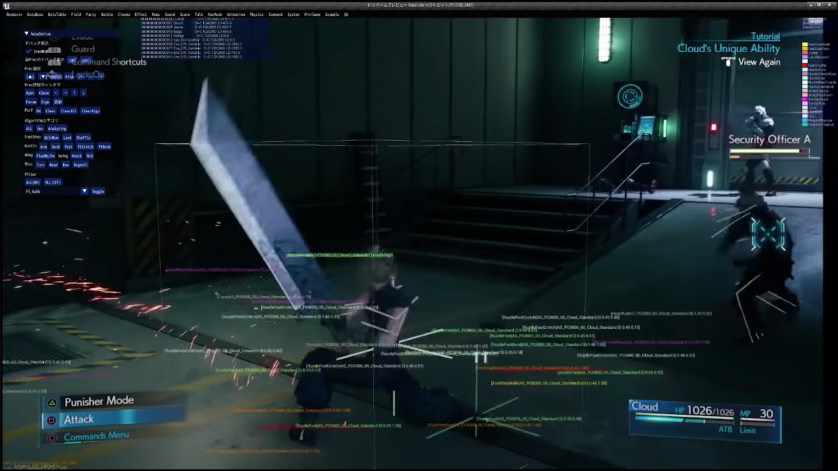

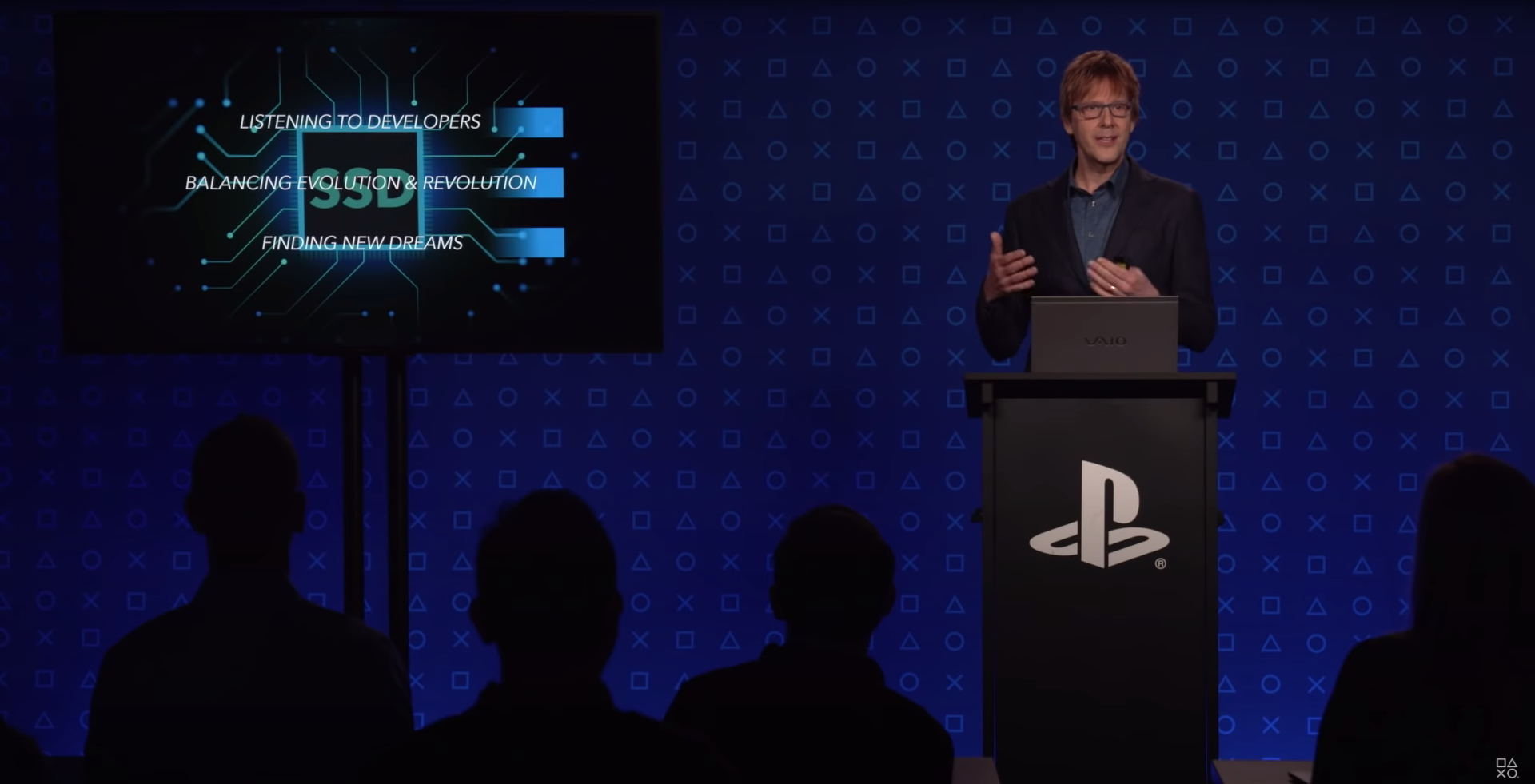
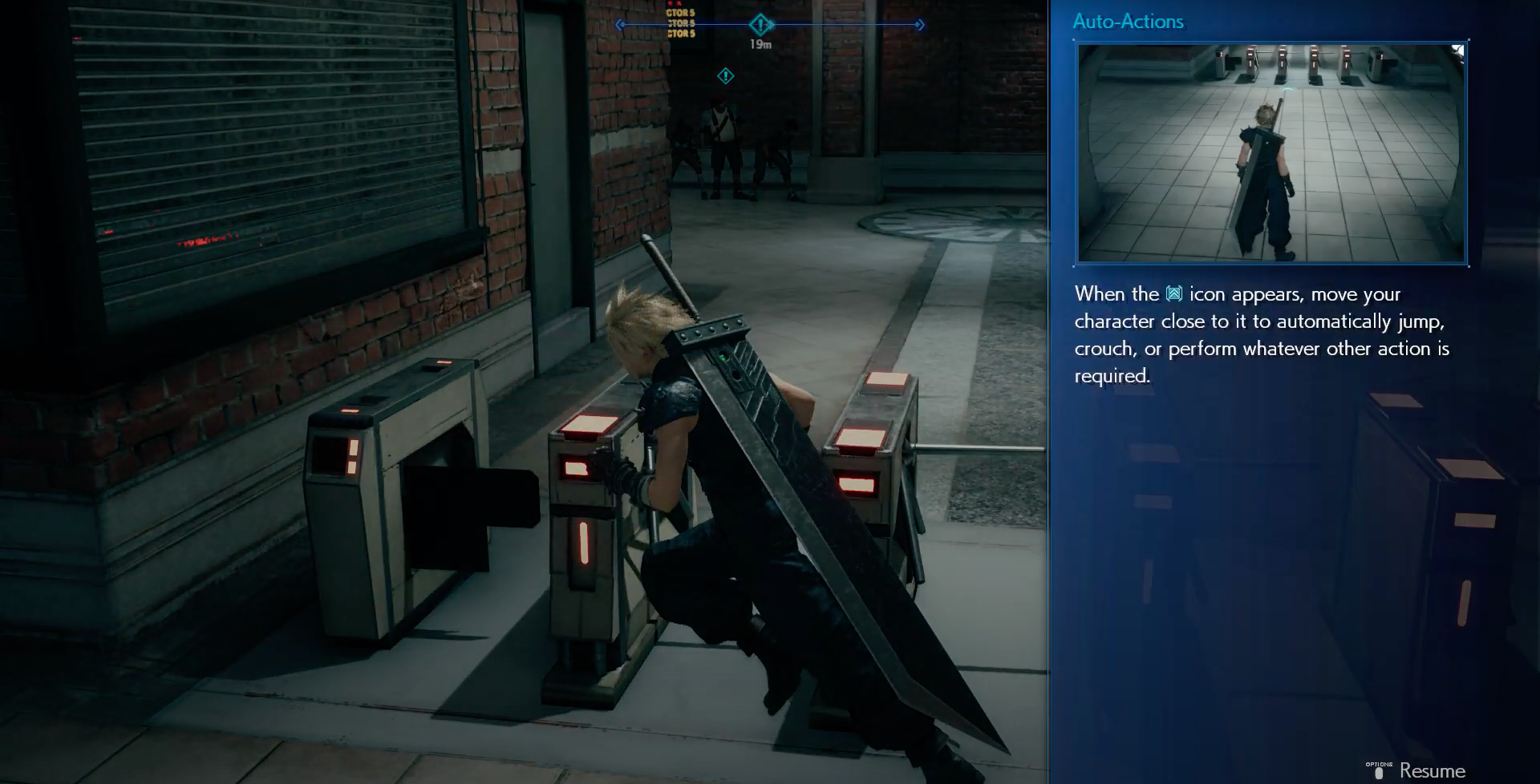

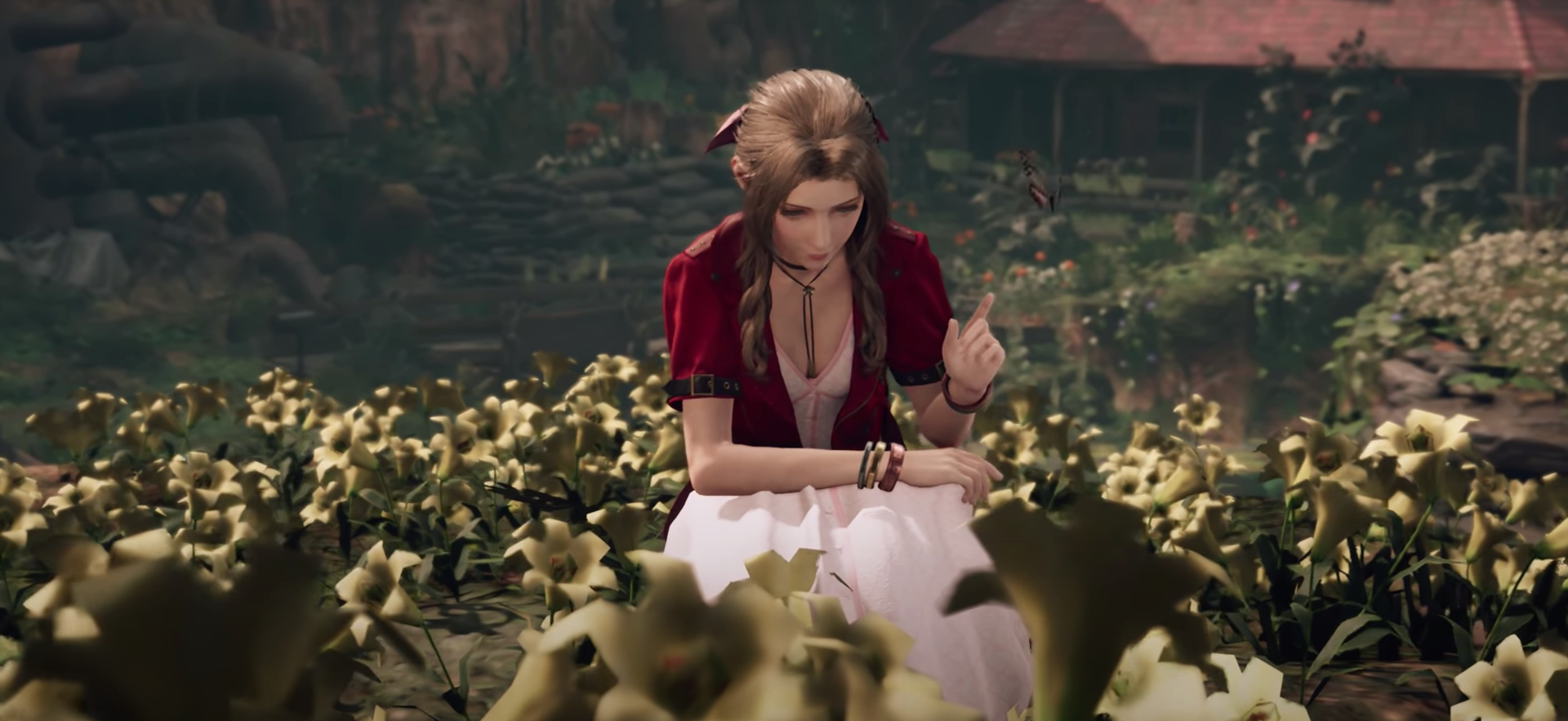
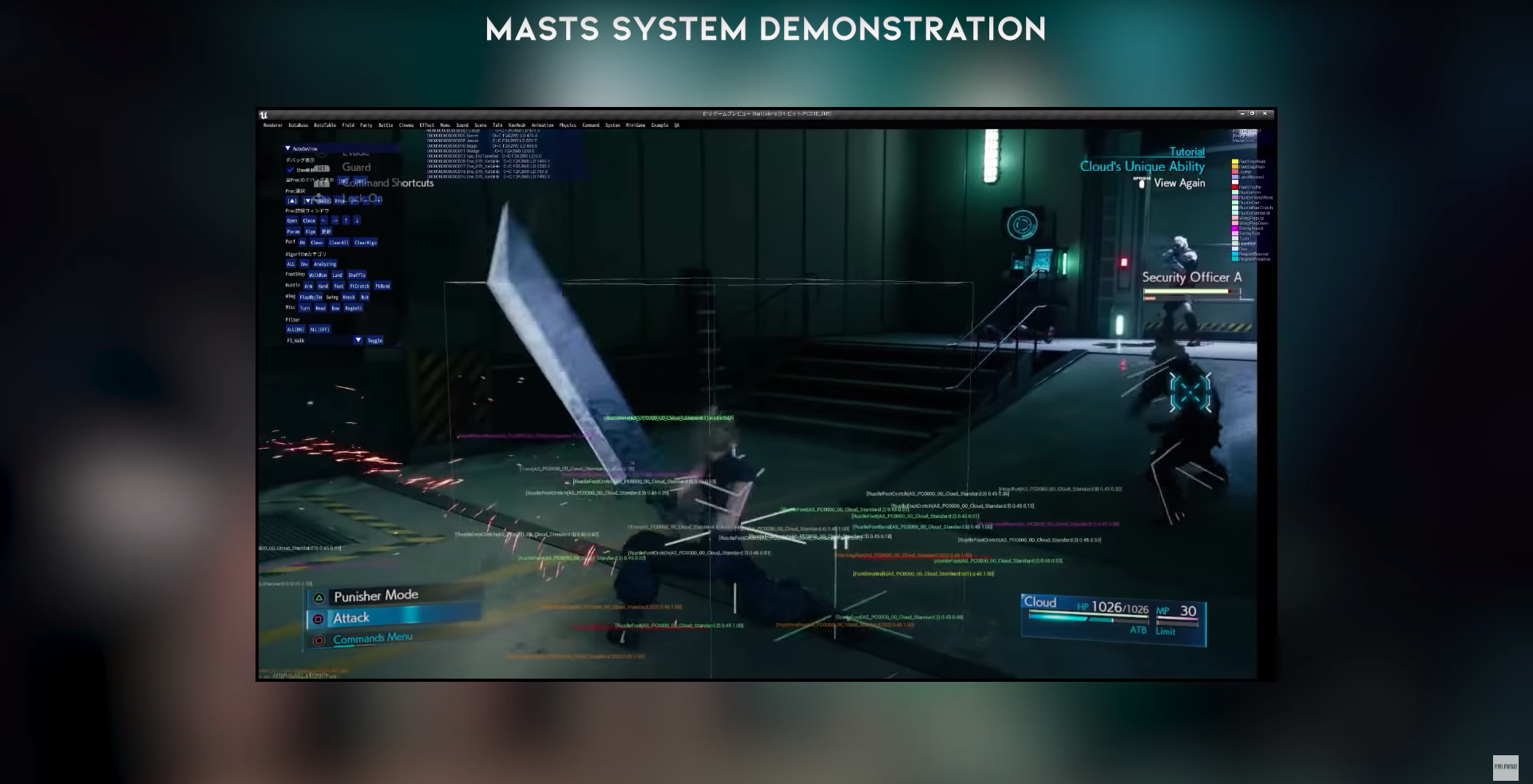


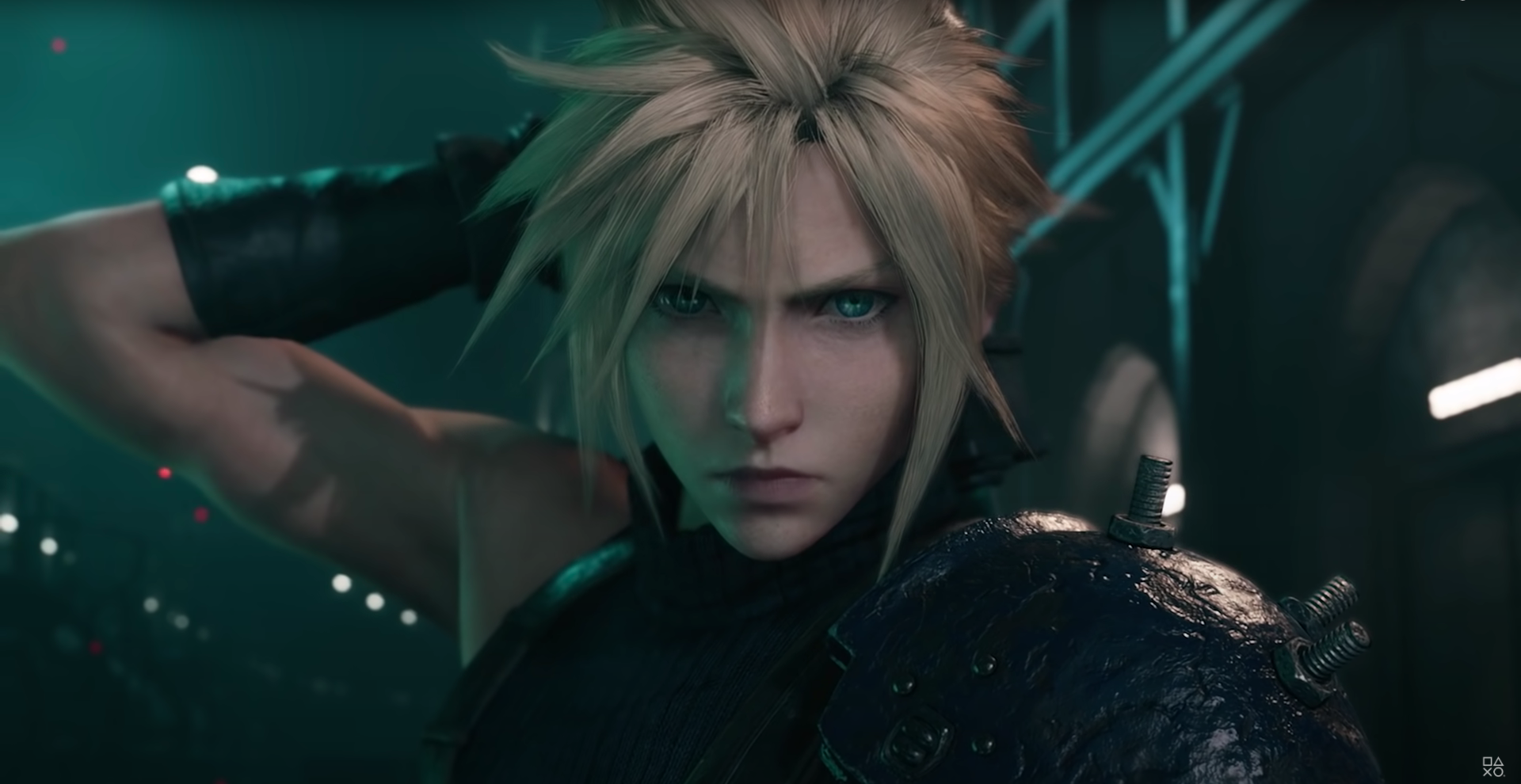
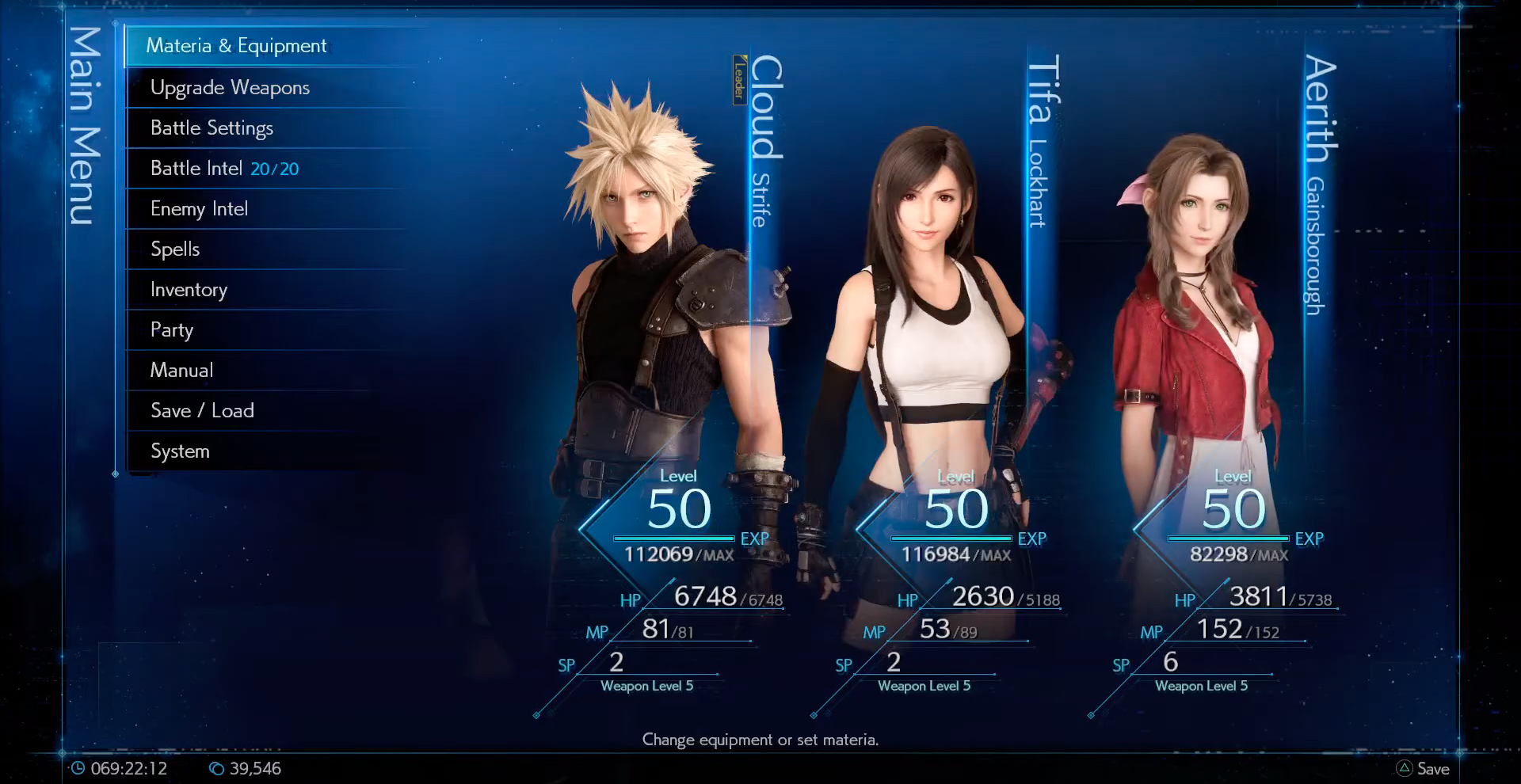
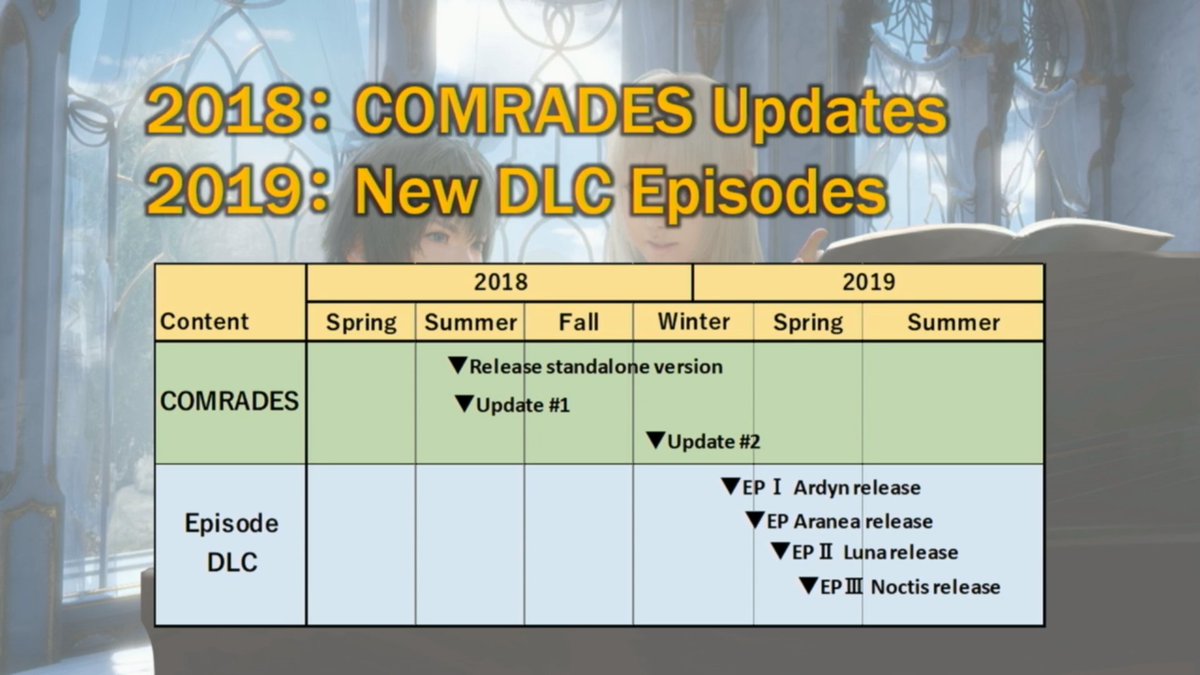
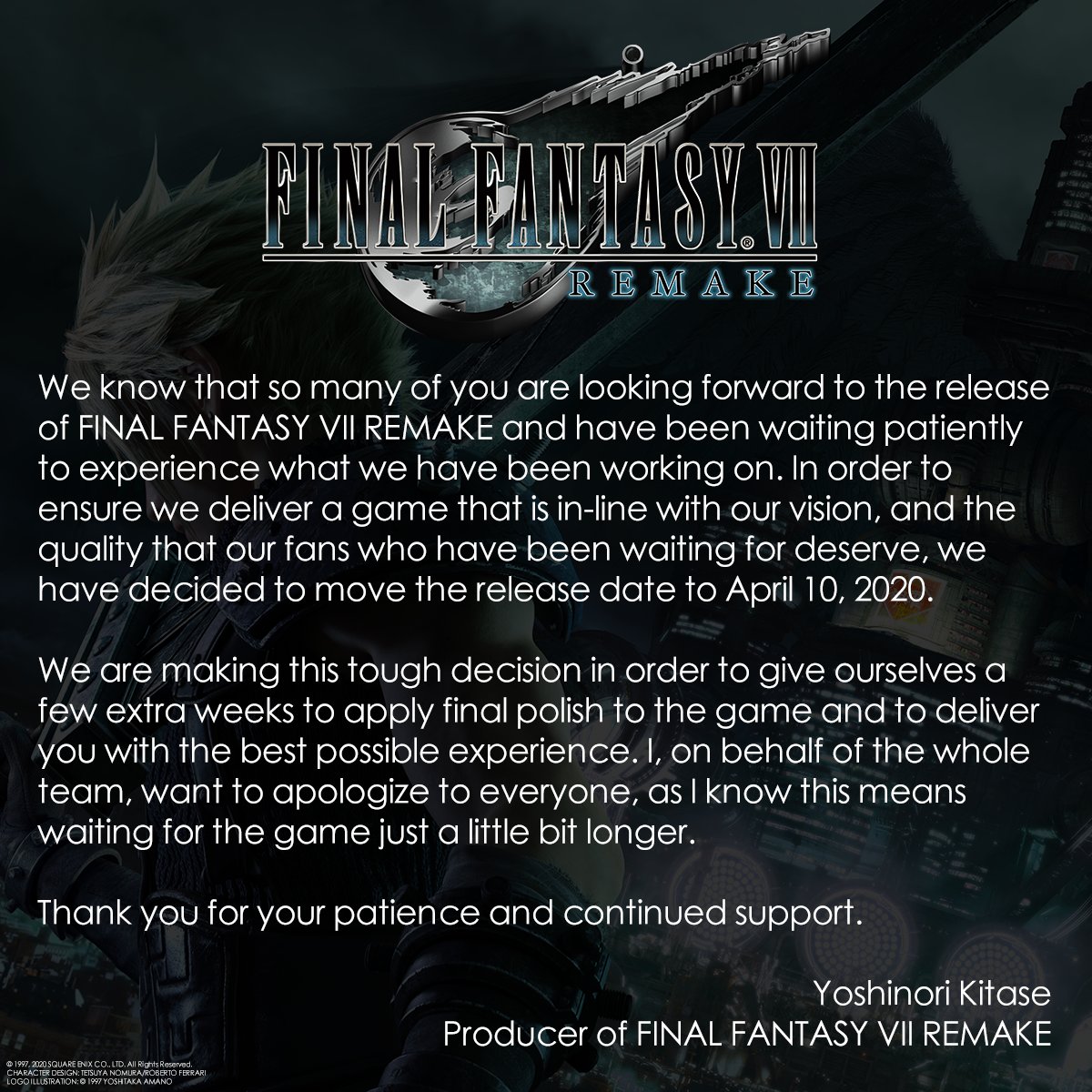
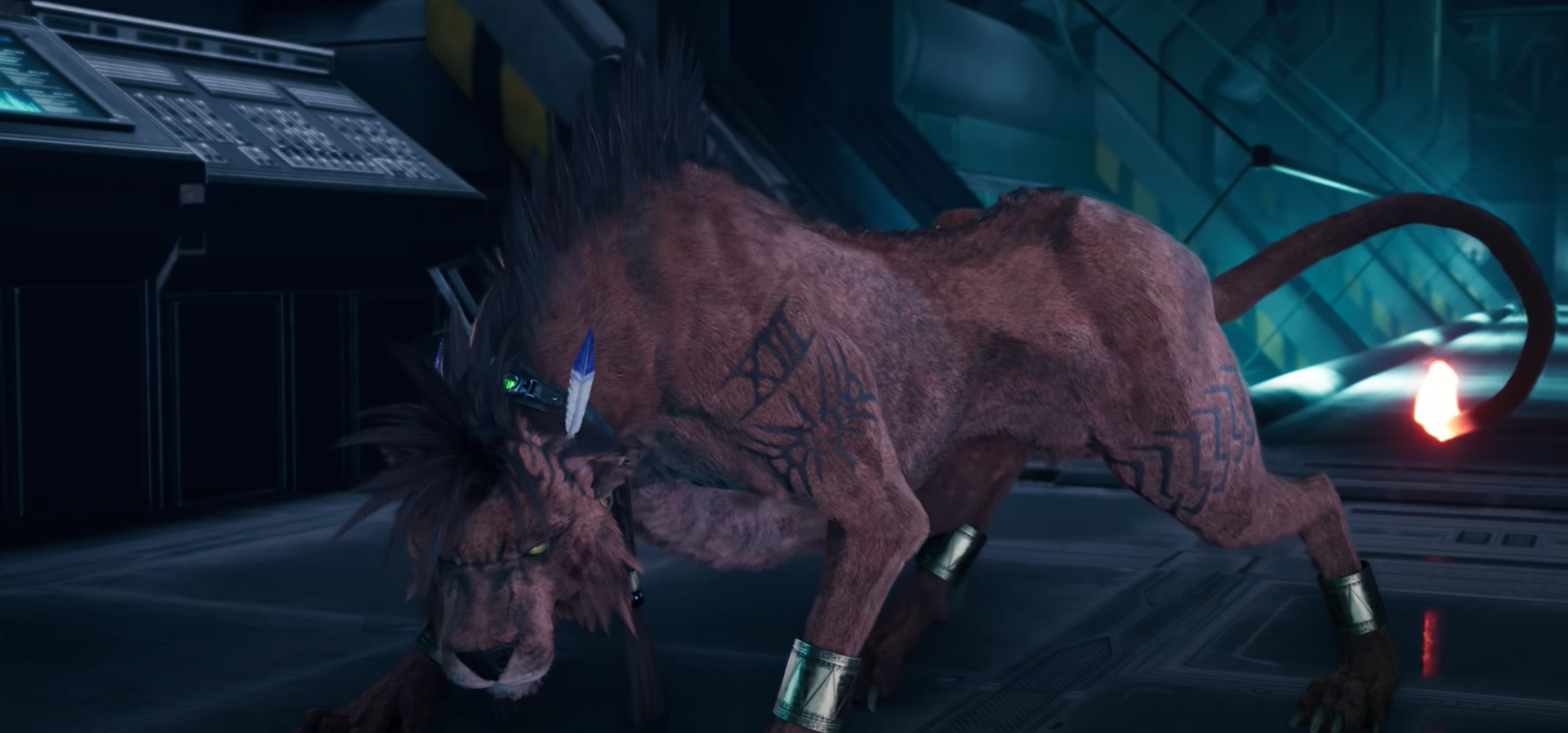

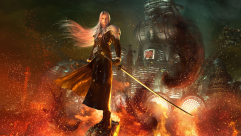
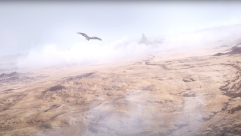

No comments yet
Log in or Register
That was fascinating X-SOLDIER. I learnt so much from reading it. Game design is not my field! The sheer number of factors to be considered when putting a game of this magnitude together – the number of stakeholders whose needs have to be considered – is something I never really thought about before. I wonder if they ever miss the old, innocent days when one man and his dog could put a 16 bit game together, and gaming wasn’t a multi-multi-billion dollar industry.
You have helped me appreciate the Remake even more.
Thanks much, LA! 😀 Glad that I could help you learn some stuff and appreciate the Remake even more along the way!
Ah, isn’t April 1st the start of Japan’s fiscal year?
Anywho, this was a super interesting and informative write up, X. Thanks so much for taking the time to do this 😀
That it is, and it’s another really good point about why that bump in particular would also be a pretty big deal. I’ll make a little edit and note that. 😀 Thanks SailorStarDust, and I’m glad you enjoyed the write-up!
Thanks for the extremely informative read! I can relate to all of your points and especially the Rufus fight. I felt totally lost during that fight compared to Jenova, which felt like a cake walk. Very interesting theories and I do hope they put this out as DLC, cause I will definitely buy it!
Thanks much, and glad to know that the points were relatable! Here’s to keeping fingers crossed for seeing what the future brings!
this helps explain why the final chapters felt so awful compared to the rest of the game, especially the COMPLETE lack of context for jenova. i was playing with my gf watching and she had no idea what even happened. if i hadn’t played the original, i too wouldn’t have realized jenova escaped as the trail and fight all seemed kind of bandaged together.
Long awaited